As an international multi-award-winning Interior Designer and Business Consultant with over 40 years of industry experience, SBID founder & CEO, Dr Vanessa Brady OBE was interviewed for FRAME Recruitment's recent Interior Design & Architecture Employment and Industry Update for 2021. In this Q&A, Vanessa comments on how the career path for an interior designer has evolved, shares her unique expertise on the key employment trends that she has witnessed throughout her professional career, and offers her predictions for the future of the industry.
How have you seen the hiring landscape and career path of an Interior Designer change over the last few years?
The industry has seen a rise in the number of graduates choosing a career in Interior Design. In the past design was viewed as ‘not necessary’ and had a bad reputation for ‘excessive expenditure’, but in more recent years it has changed a lot. With the professional role of an Interior Designer aligning more heavily to what students learn at university, it has made it much easier for graduates to follow a clear career path. Now, the best recruitment is from university, where students know that they will have a job once they graduate.
As a result of a more career-focused and targeted university curriculum, fewer design students are ‘dropping out’ and the professional practice feed is stronger. When recruiting, practices now have candidates who are aware of the skills that they need - such as strong mathematical skills and soft skills like resilience. These are all skills that are needed to be a designer but something that was not even considered six years ago.
Now designers have to specialise to procure a job in a specific sector, such as hospitality, retail, workplace or residential.
How has the progression of a designer changed and how do you see it changing in the future?
Looking back to three years ago, projects were client-based in terms of the review that a designer received. Additionally, a designer would have to self-promote themselves to get jobs because they didn’t have the methods to gain projects or recruit staff for projects. Growing a practice was not as connected as it is today and that disconnect has held back many talented people that were unknown or in the wrong place.
As an employer, it was very difficult to recruit the right talent and find candidates with the right specialist skills. Fast forward to 2020/2021 when we were forced to go online, designers and architects have been able to create online communities and network in a new way. Now designers can upskill themselves through podcasts, free information and webinars to continue career development online. Going online has also made it great for people that work different hours by proving more flexible working options; it has created a better quality of life for work in the home and office.
However, I do believe that teams need to interact, especially in a creative industry. Sometimes just having a team meeting together at a desk makes it easier to create a concept. Online this is much more difficult, and it can take longer to converse. I think that what we will see in the future is a blended way of working, which will improve the way we communicate in business and provide a better home/life balance.
What is the ‘risk’ vs ‘Qualified’ advice between designers and investors?
The difference now is that as designers, we are always seated at the table of a design project with investors funds. Interior design adds the extra value that helps to sell an investors product. It’s that extra value that makes people stay in the bar/club longer or buy the product. Colours influence the way people feel and act and investors want that for their businesses. It isn’t by chance that places such as restaurants are designed the way they are, they are designed with a return of investment in mind. That is a part of the designers skill-set, and investors want the designers that they choose to have the experience to link the remit with visual aid.
To mitigate risk designers need to ensure that the advice they provide is qualified. It is crucial to consider the usage that the client requires and not to over-specify. This is where it is fundamental to overlap the skills of compliance, legislation, building regulation and sustainability. Untrained designers do not necessarily pull all of these skills together.
In more recent years, the respect between the client and a designer has grown because of these skills and I think that this will only continue to develop. Designers are now required to work collaboratively with builders/contractors and as a result, there is better communication across the industry.

What have been/will be the biggest growth sectors?
When something is global like COVID-19, everyone suffers simultaneously, which reduces risk because you are all in the same place at the same time. However, when we all had to work online, I was initially concerned about the lack of communication between the sectors that would suffer. I remember thinking ‘will design be the first thing to go?’.
Instead what we saw was an uptake in residential design because people were not going out and spending money, so more people had disposable income to spend on improving the home and changing furniture. This growth across the residential sector fed the smaller practitioners, which were my initial biggest concern.
In terms of the business sectors, IT and design were the only two categories of the entire creative sectors that have experienced growth throughout the COVID-19 pandemic.
How has the industry experienced ‘change of use’ and will it continue to do so?
Areas such as hospitality, especially smaller boutique hotels which were originally homes, have been forced to close due to COVID-19. However, many of them are now ripe for re-configuring into the super-luxury high-end residential fit-out properties. The larger hotels have taken the opportunity during ‘lockdown’ to refurbish and therefore design and construction in this area have continued.
Is REVIT going to play an important part in Interior Design, just like Architecture?
REVIT and Vectorworks are the two most commonly used, and the most in-demand. So, they will always play an important role in both architecture and design.
What advice would you give someone looking to delve deeper into the visualisation and design fields?
Define the specialism that you want to practice in. In this industry, it is all about getting as much training and as many internships as you can. The more that you can learn about each different sector, the better. I would also say becoming more qualified in a specialism will help when it comes to securing a job, and recruiters will favour this too.
Have social media platforms, such as Instagram influenced the way designers work or design spaces?
I think Instagram has made the industry more popular and reachable, but I wouldn’t say that it has influenced it. It has enabled people to see the design errors that we didn’t see previously and has pushed people to realise that they need to hire qualified designers. Instagram is great for seeing the end result, which people love but we need to show the journey to get to the result.
What do you think is important when it comes to recruitment?
An industry recruitment specialist, like FRAME, has the strong ability to place people into the right roles, the right practices and the right industry. Their experience and expertise give them the ability to advise based on individual and business needs, as a result, the industry will do better.
You can watch the full webinar with Vanessa on-demand here.
SBID are partnered with FRAME Recruitment to support its membership of SBID Accredited designers with career opportunities, advice and guidance. Find out more.
Want to become SBID Accredited? Click here for more information.
In the announcement of the Budget 2021, the Chancellor set out a £65 billion three-point plan to provide support for jobs and businesses as we emerge from the pandemic and forge a path to recovery.
In light of the encouraging news about the UK's social distancing restrictions due to end this Summer, and with businesses now readily preparing for post-lockdown operations, Mervyn Clarke FCCA; director of the SBID Accredited specialist advisors, Baker Clarke offers advice on how to manage business finances to help get interior design businesses back on track.
Specialising in commercial advice and having advised many companies over the years about re-structuring and recovering from bad times after recessions and banking failures, discover Mervyn's key tips to aid business recovery for the interior design sector.
It's time to reassess!
- Look hard at your current customers and consider your position regarding any who might become credit risks. Tact is the key here - maybe obtaining a deposit or staggered early payments to minimize credit risks? Make sure you seek consultation from credit reference agencies like Experian.
- Consider credit insurance. There are some specialist firms and it does cost money, but can take away lots of “heartache”. Just be mindful of policy wordings. Firms like Premium Credit can finance your premium payments by instalments.
- “The best runners are lean”. Evaluate your overheads and be tough in cutting back costs - spread cash flow with instalments where possible. I have never yet seen a company where cost savings cannot be achieved, you just need to be ruthless!
- Think about Directors` salaries and benefits. In tough times, this becomes a key area. Cash flows can be alleviated by year end dividends and save tax!
- If you lost money (as many have) during the Lockdown period, get advice about tax loss carry back and carry forward.
- Get advice on your accounting year end. Moving this around can legitimately save tax by efficient use of reliefs and losses.
- Keep your “books & records” up to date, especially sales debtors!
- Beware of banking pressures - they will come! Some banks are already dropping out of factoring etc., and/or putting pressure on overdrafts in spite of promises. Act now to secure longer-term finance if you can.
If things are really tough...
- Talk to financial specialists like Mervyn Clarke about corporate re-structuring and check your legal position.
- Get advice - don’t just leave it…Act NOW!
- Monitor your position daily (or at least weekly).
- Look at holding company structures for long-term security.
- Look at re-finance of property. Here you need specialist lenders and help with presentation as, regrettably, the major clearing banks are often unable to assist in such cases.
- Again - be tough! Cut down those costs and cut out “dead wood” wherever possible.
Marketing matters!
- Evaluate how are you reaching your customers and clients. What other ways can you engage this target audience?
- Can you improve your website and online media presence in the increasingly digital landscape?
- Are you being proactive and chasing business hard enough?
- Look out for new opportunities and areas you could expand or diversify your business to remain agile.
Art In… announces a new partnership with international award-winning interior designer Dr. Vanessa Brady OBE, CEO of the Society of British and International Interior Design (SBID).
Art In... represents an international portfolio of multi-disciplinary artists and will partner with SBID's Vanessa Brady to provide art for the yacht, hospitality and private homes of discerning clients. Art In… provides a bespoke ‘white glove’ art service. They match the most suitable artist with a client’s requirements in order to ensure a seamless process from the initial design brief and art selection through to delivery and curation.
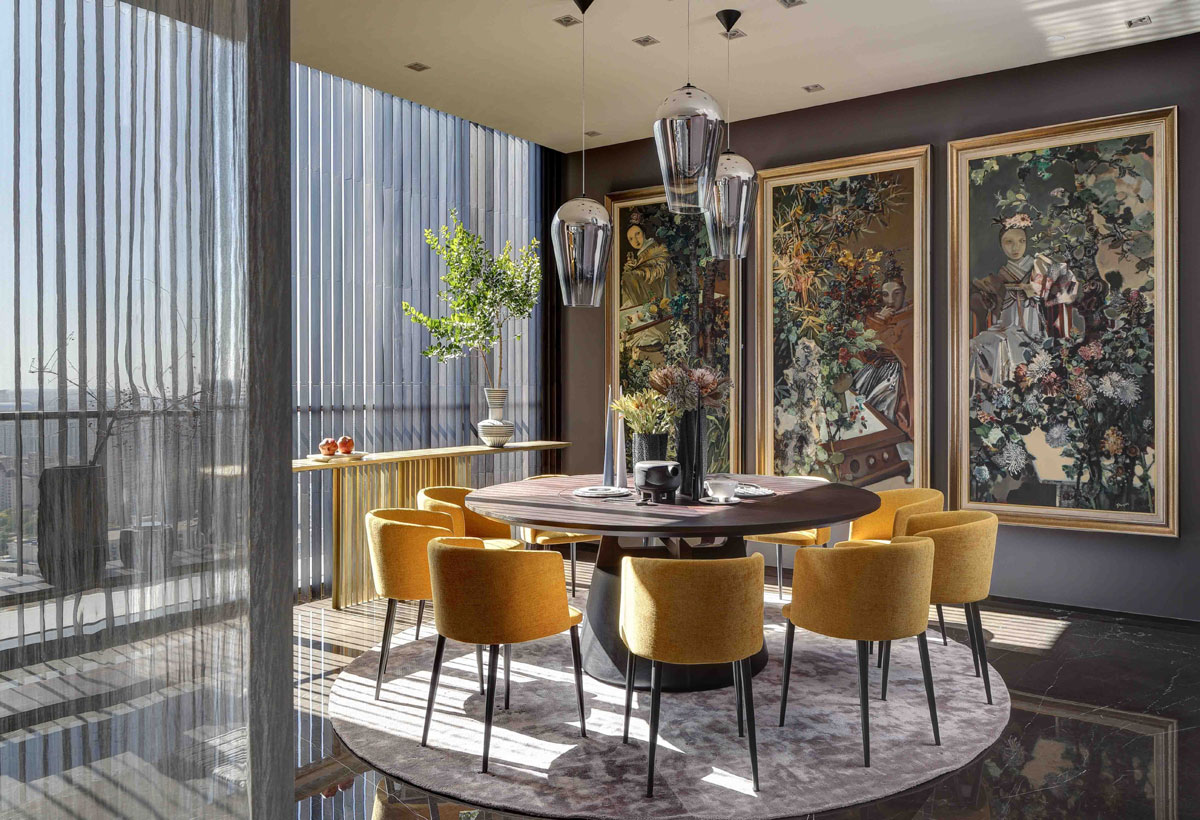
Art In… says: “The collaboration is a really exciting next step for Art In... In true 2020 style, we started the conversation during the height of the lockdown on Zoom and during our many video calls realised there was a real synergy.
We believe that integrating art at the earliest stage possible in the design process significantly enhances the overall result. Whether we are working with interior designers on a hotel or a superyacht, a private collection for a family office, or a luxury hotel or members club, art should never be an afterthought. The collaboration with Vanesa Brady offers us a real chance to achieve our vision.”
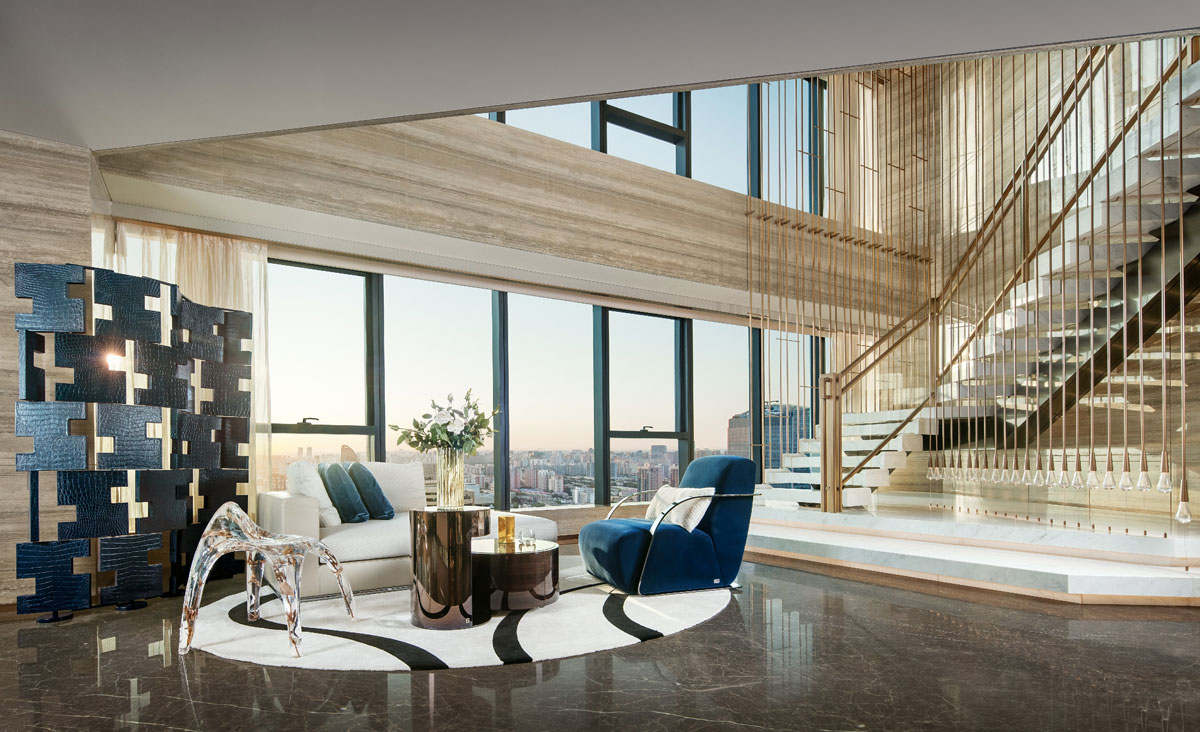
Vanessa Brady says: “It is very important to dress a space with complimentary art to really set off what is often a neutral canvas, art focuses the eye and sets a theme. I would like to see the selected artist and designers coming together with an owner more at the beginning of a project so that the final result is truly a 360-degree design.
Art should relate to the space in which it is installed and the lifestyle of the people using it. It should also link with the function the space is used for, such as a wine cellar, a bedroom etc. making each interior as unique as the owners, their guests and the design. It is important not to leave stylising to chance at the end of a project. Quality art pieces should be considered as part of the overall installation from the concept of the design process.
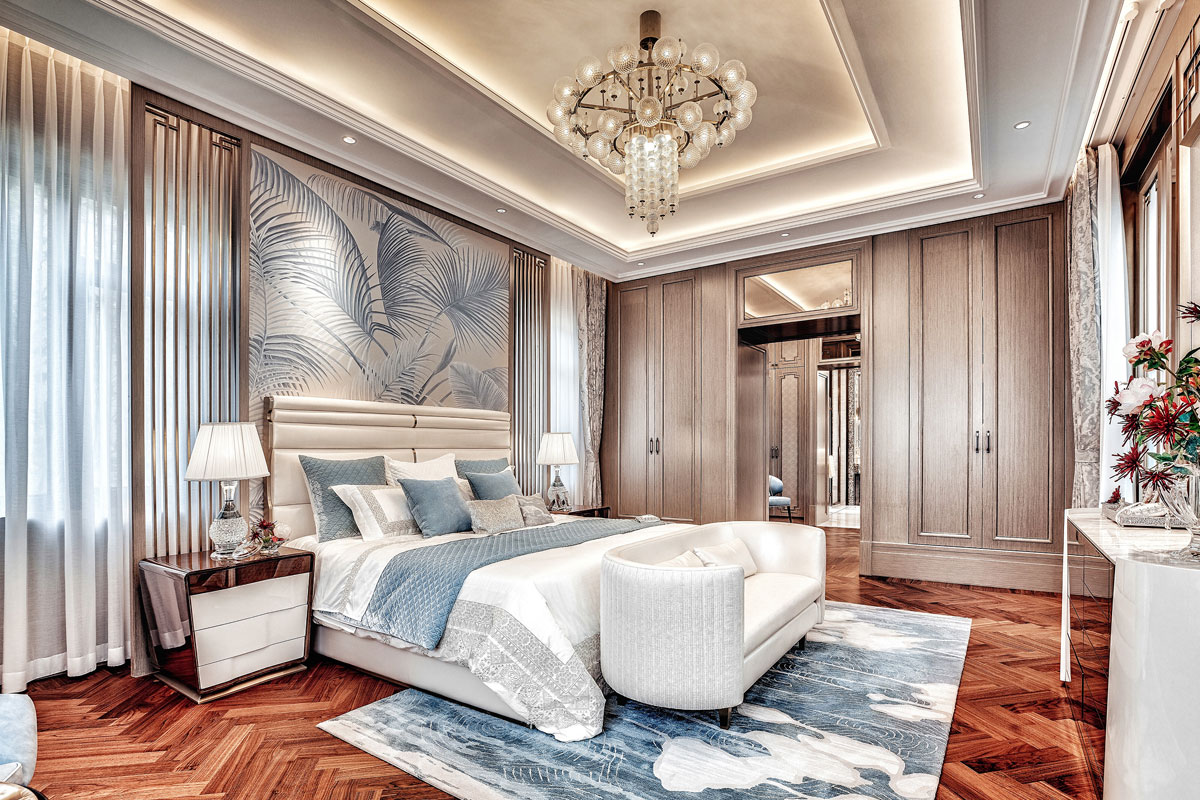
It is SBID’s role to source unusual providers of interior products that are efficient, as well as beautiful to adorn such exclusive interiors - the final design presentation always requires a very special piece of art to ‘dress’ the design, and so we seek equally adventurous and exclusive partners to provide the broadest selection of art. As soon as we met, we knew it would be a perfect match”.
Cover image credits: SBID Awards Finalist 2020; Rockwell - 15 Hudson Yards
The SBID is pleased to announce that it has appointed Chris Godfrey, global principal of HBA Residential, as the new acting President of SBID to represent the British interior design body, and promote the professional practice of interior design throughout the UK and around the world.
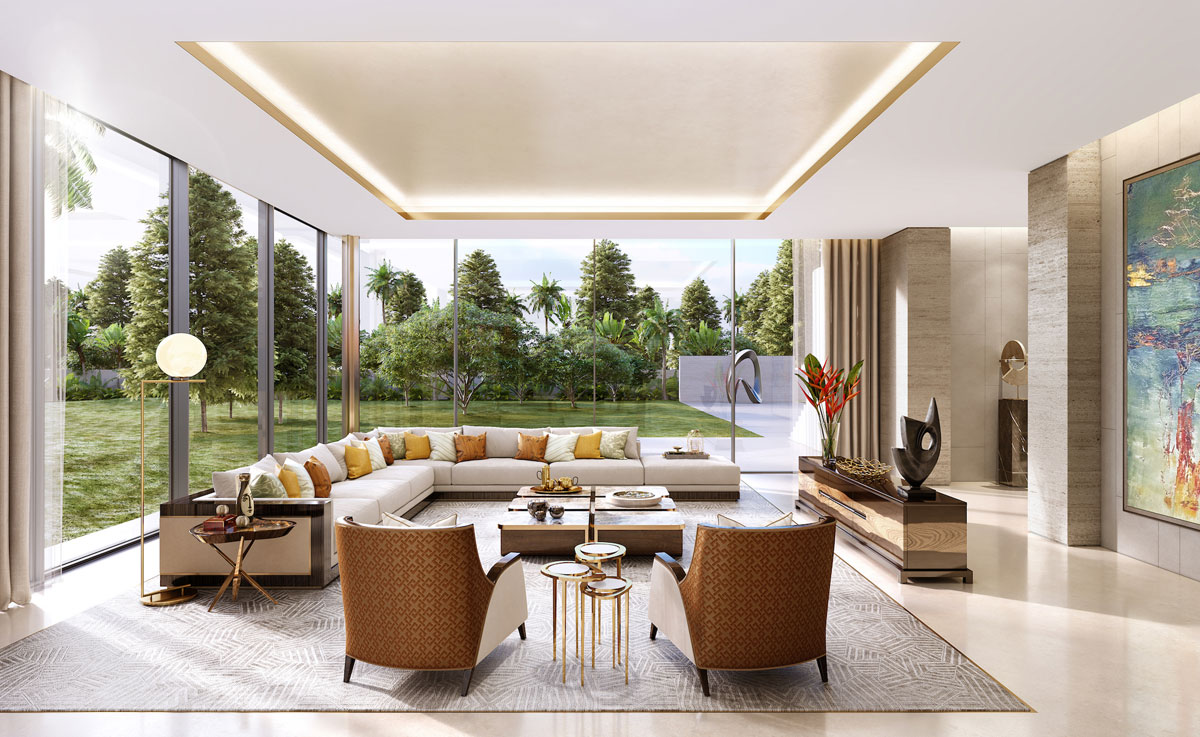
Chris Godfrey will take the mantle of SBID Presidency from Tom Marquardt, president and founder of Marquardt+ and former vice president of HOK global interiors, who held the position for 2019 and will continue to support the growth of SBID as immediate past president. After receiving the Master of Design award at the SBID International Design Awards 2019 for significant contributions to the global interior design industry, Chris has the recognition, innovation and expertise to undertake the position as SBID President from 2nd November 2020, for the upcoming 12-month term.
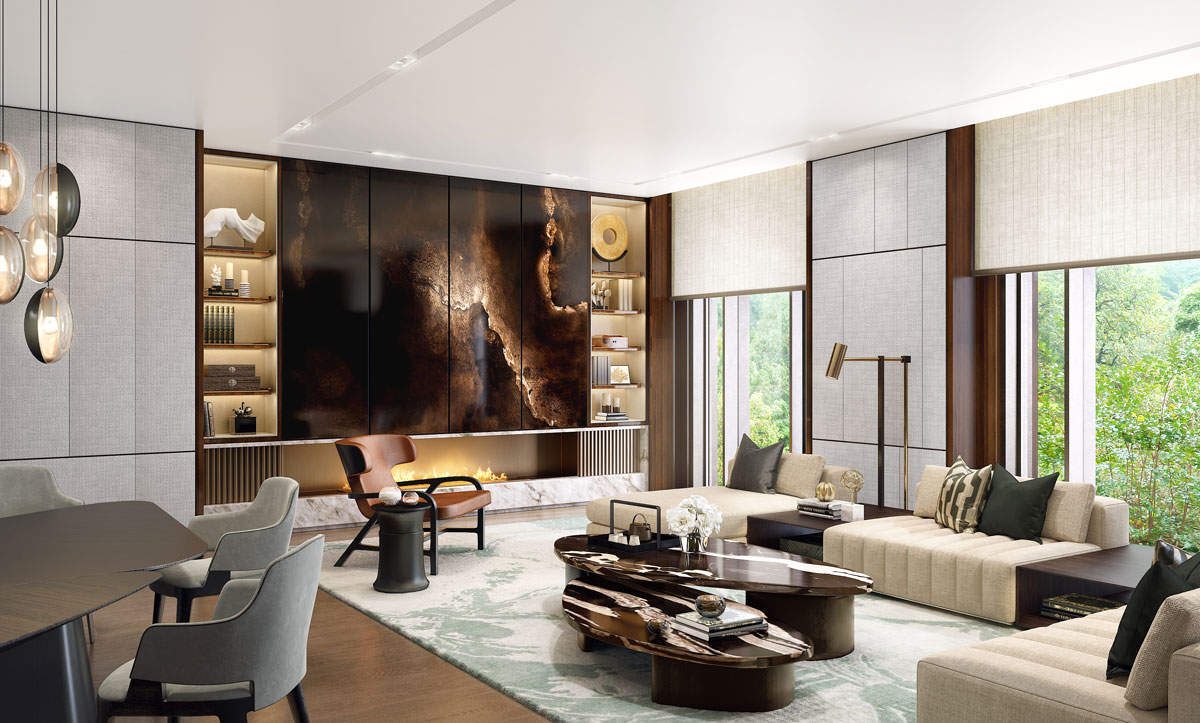
Sharing his aspirations for the new position, Chris Godfrey, global principal, HBA Residential, said: ‘It is my great honour to be appointed as the President of SBID and to represent the interior design body and its membership on the global stage. I am inspired to take up the role during this particular period of time; where change is a constant, connectivity a challenge; and where proaction and vision are paramount. Throughout my career, and particularly in my role with HBA Residential, I have benefitted from working internationally and, as a result, have developed an open and global outlook.”
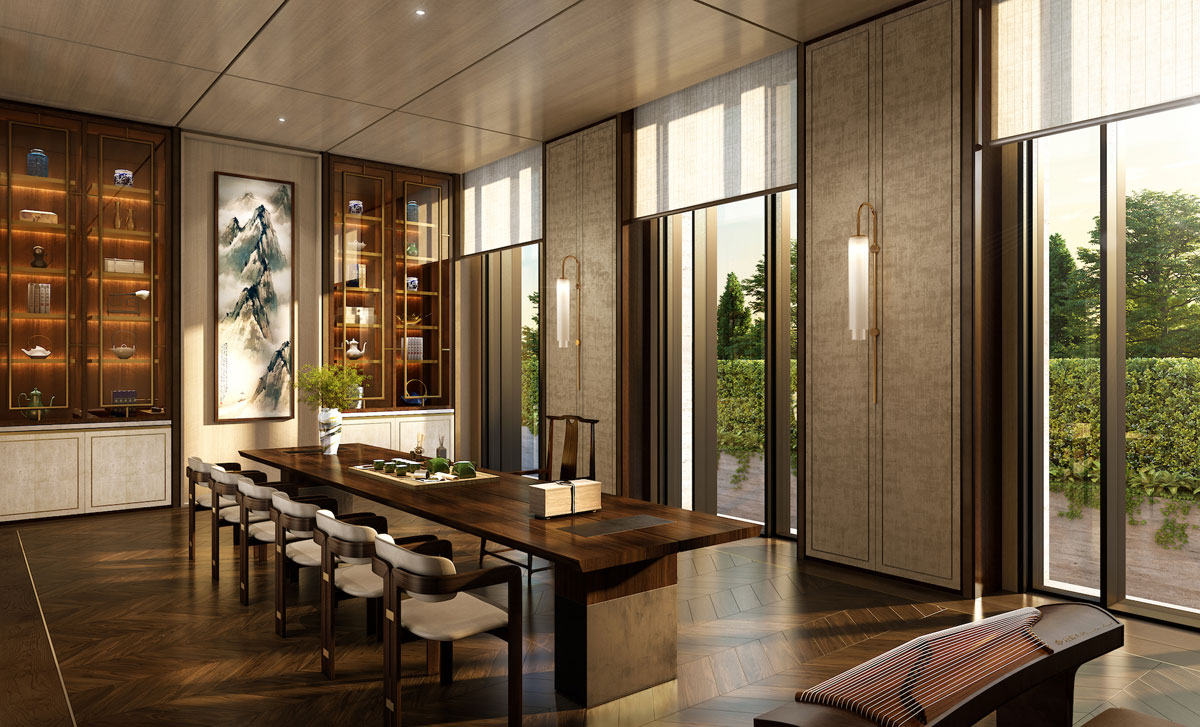
He added: “In this new SBID role, I want to use my experiences and lessons learnt working in both the Far East and the West and leverage off a developed network to help improve connectivity; expand awareness; and promote inclusive, cross-border engagement. With new global dynamics comes lots of new opportunities and growth potential. Through my endeavors, I would also hope to help inspire the next generation of interior designers who, despite the short-term challenges and uncertainty faced, will continue to take the industry further and wider.”
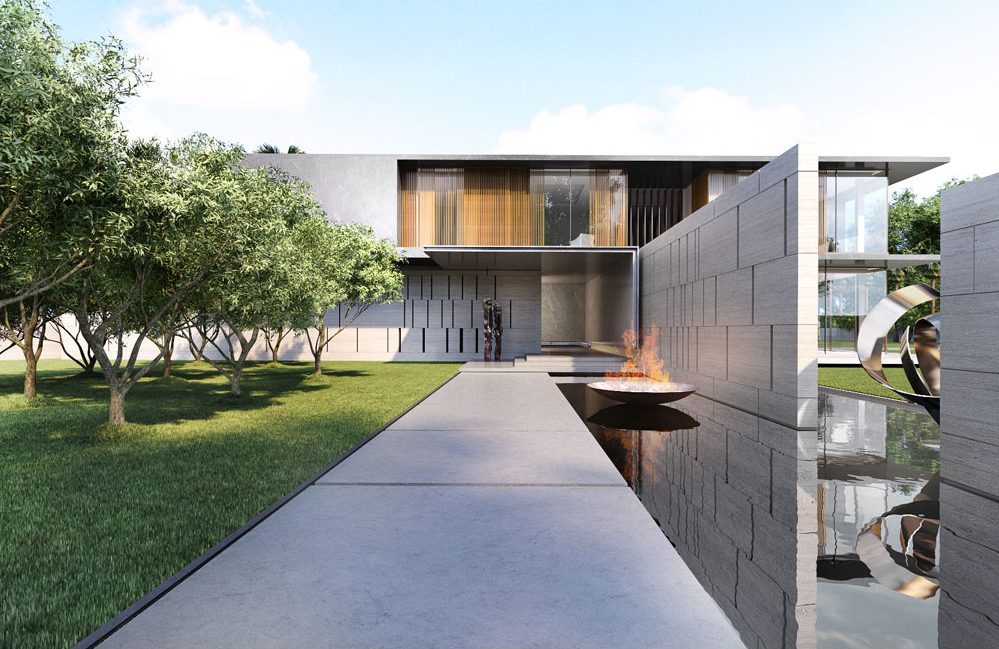
As an award-winning British Architect and designer with over 20 years’ experience producing beautifully conceived and exquisitely delivered residences for a global clientele, Chris now applies his holistic design approach as Global Principal of HBA Residential; the boutique and signature division of Hirsch Bedner Associates. Bringing his extensive professional insight and capacity for achieving interior design excellence, Chris will underpin the work SBID does to promote the interior design profession at the highest level of competence, while supporting the interests of qualified interior designers and manufacturers to drive professional standards across the industry.
With Chris Godfrey at the helm of SBID Presidency, SBID looks to the year ahead with great optimism as it promises to continue championing the profession of interior design and steering this rapidly evolving industry into long term growth and financial recovery.
The UK has left the EU, and the transition period after Brexit comes to an end this year. Leaving the EU single market and customs union will affect citizens, businesses, as well as travel to and from the EU.
The UK government is consulting on new measures to protect internal trade within the UK when powers return from the EU in January 2021. The UK Internal Market white paper sets out options to protect the flow of goods and services in the UK’s internal market after the end of the transition period...
We are all well aware that the implications of the coronavirus pandemic have been wide-ranging, with businesses behind the interior design industry facing financial risk and uncertainty on an unprecedented scale. However, as design practices and manufacturers begin to get back to doing business (at a safe social distance), we now look to the industry’s indispensable trade shows and events which have been the lifeblood of the interior design profession. From influencing future trends, driving innovation and setting the tone for industry progression; the events industry continues to experience significant difficulties – A research study by Eventsforce found that 72% of events had been cancelled or postponed, with 50% moving their events online.
For interior design professionals that are keen to get back to it - we’re sharing an update on some of the key industry events you can still plan to attend (in person or online) for the remainder of 2020.
A survey of over 700 workers and 130 employers carried out by specialist construction recruiter to analyse the impact of Covid-19 on the construction industry has revealed signs of sector recovery.
Surveying 131 construction employers and 723 construction workers between June 2020 and July 2020, the report highlights projections of the bounceback for building work and construction employment, as well as a key disconnect between the industry recovery and Covid-19 safety measures.
SpeakEasy with marquardt+
Episode Four | Adapting Our Designs
This episode will discuss how the industry will be adapting designs. More specifically, what our homes and workplaces ten years from now may look like - and what types of rooms society will put more emphasis on.
Mark Nestler, president, Nestler Strategies comments on how we may find interior design principles 'going back to 90s' with a drive for clear and minimalist interiors as we seek to create the perception that public spaces are clean and healthy; placing importance on how healthcare design will impact on corporate design, and the key considerations which will start to filter across the sectors.
Discover expert views on how coronavirus is imposing on the design industry with Reva Revis, architecture & design industry publicist, Reva Revis Consulting; Mark Nestler, president, Nestler Strategies; Vince Gammino, design and project management director, Vince Gammino Design; Jennifer J. Fondrevay, founder & chief humanity officer, Day1 Ready; Kaitlyn Daniluk, interior design student, Columbia College of Chicago and James Wild, principal & founder, Gridwerk Architecture.
Episode Two
SpeakEasy with Hill House Interiors
In collaboration with SBID, Grant Pierrus, founder of Pierrus Agency interviews some of the biggest names in the interior design industry for the new podcast series. The latest episode will feature a conversation with the extraordinary design-duo and SBID Accredited Designers; Helen Bygraves and Jenny Weiss.
Launching their multi-award-winning design practice almost 20 years ago, Jenny and Helen are the founders of Hill House Interiors. Today, with a team of over 20 designers, architects and craftspeople, their enthusiasm for high-end couture interiors and positive energy bring their diverse projects to life.
Bringing us up to date with how they have adapted to the new norm of working from home, and how their extensive brand building and social media presence has helped provide a strong foundation to win business and continue work as usual during these challenging times, Hill House share their perspectives on the deeper implications of Covid-19.
Jenny and Helen comment on how they can see this dramatic shift in daily lifestyles influencing interior design in the longer term, and what clients may want or need from their homes in the future. "On a smaller level, we're finding that people are wanting to utilise under-used rooms in their house ... We've also seen quite a big move from people living in central London wanting to get more space out of London as well - I think that is because they get that variety of rooms in their own home and grounds ... Gardens and outside space is becoming hugely important."
Tune in to the whole conversation to discover more.
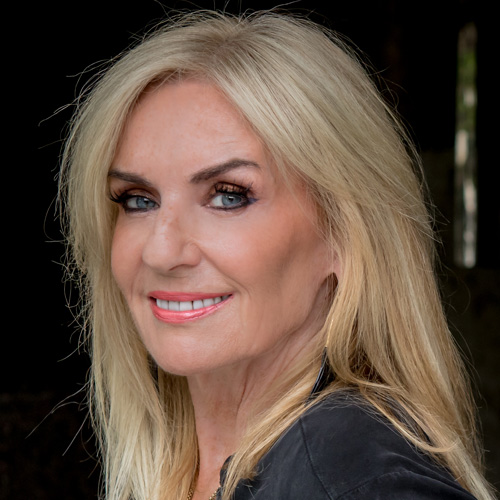
Jenny Weiss
Jenny’s illustrious design philosophy was born from a fascination with nature, culture, fashion and colour that was first cultivated over the years she spent undertaking refurbishments on the interiors of her properties in her early twenties. Her noticeably unique creative flair resulted in a number of requests for private commissions that lead to formal training at Chelsea School of Art.
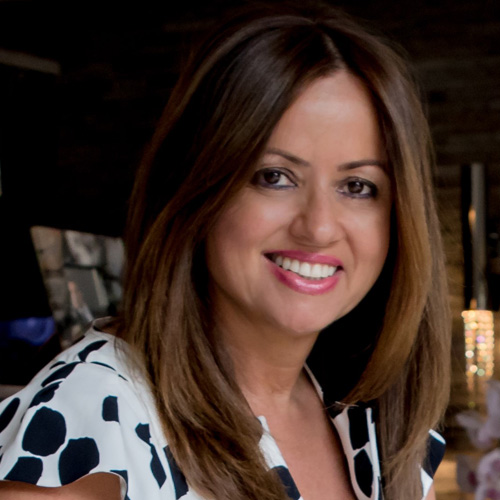
Helen Bygraves
With her unique experience and arts background, Helen’s passion for quality and drive to always improve is matched by her love of contemporary, high impact interiors.Known for her personable nature, Helen has helped to nurture the skills of the 20+ strong Hill House team, ensuring their talent and imagination is captured and celebrated through the brand’s recognisable designs.
SpeakEasy with marquardt+
Episode Three | Adapting Our Industry
Featuring expert perspectives from professionals on the m+ consulting team, Reva Revis, architecture & design industry publicist, Reva Revis Consulting; Mark Nestler, president, Nestler Strategies; Vince Gammino, design and project management director, Vince Gammino Design; Jennifer J. Fondrevay, founder & chief humanity officer, Day1 Ready; Kaitlyn Daniluk, interior design student, Columbia College of Chicago and James Wild, principal & founder, Gridwerk Architecture.
This episode in the 4-part Zoomtable series continues the discussion about the design community during Covid-19 and how the interior design industry, as a social and multi-disciplinary profession, will be impacted.
Reva Revis, architecture & design industry publicist, Reva Revis Consulting comments on the important role international events play each year in helping design professionals connect when it comes to networking, building new industry connections and moving forward as an industry. How is this driving new and existing digital alternatives in efforts to maintain that crucial dimension of connectivity within the industry?

